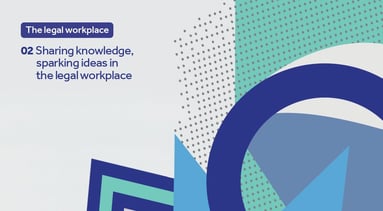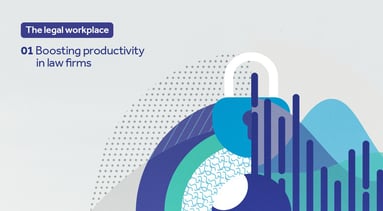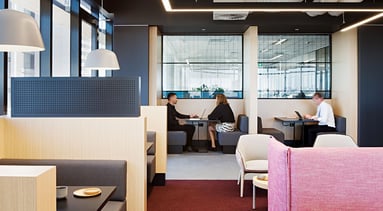
Our latest white paper poses the question, "Is the design industry creating offices that work for everyone?"
Our office occupier research from over a hundred companies across different continents highlights a common theme—noise and distraction are preventing workers from focusing on achieving everyday tasks. But with open plan design now commonplace, how can the challenge of finding space to concentrate be overcome?
Despite a wider business drive towards teamwork and interaction, workers still require individual areas, i.e. offices, dedicated focus rooms and quiet spaces in addition to open plan areas to be able to effectively accomplish working tasks.
“The key to integrating new thinking into the modern workplace is to carefully and creatively consider how the application of trends and new innovations will enhance your business goals,” explains Albert De Plazaola, Global Principal, Strategy. “By doing so, practitioners can be bold and visionary, and in parallel, watch the business thrive.”

In our latest white paper, Form following function, we discuss how modern workplace design has over-prioritised collaboration at the cost of concentration according to findings from our SpaceData research.
The global surveys run between 2012 and 2017 of more than 130 companies and 11,000 workers clearly show that the majority of the working day is spent on tasks requiring focus rather than interaction with colleagues.
Highlights are presented across four workplace themes:
- Concentration
- Space supporting productivity
- Strategy and design disciplines working together
- Personas within the workplace


